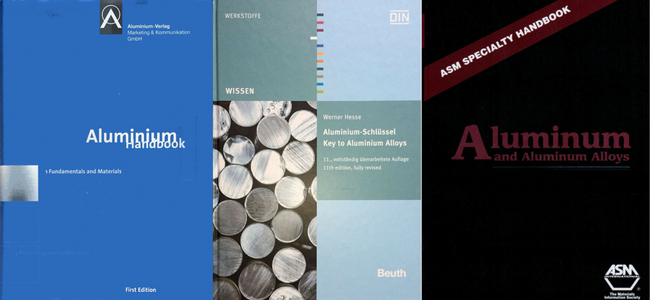
door Ellen Vaders | dec 19, 2017 | alloy, aluminium, aluminium advies, aluminium expertise, extrusie, plaat
Gedurende dit jaar heb ik vanuit allerlei hoeken vragen gekregen over de toepassingen van aluminium, problemen die hierbij ondervonden worden en keuzes die hierin gemaakt (moeten) worden. Daarom in mijn laatste blog van dit jaar een aantal veel voorkomende vragen en tips waar de antwoorden op aluminium kennis vragen te vinden zijn. Vergeet ook niet om jouw reactie achter te laten, voor een leuk eindejaarscadeau.
Bij problemen krijg ik regelmatig vragen over de materiaalkwaliteit. Soms omdat de leverancier, in overleg, een andere legering heeft ingezet, die beter te verwerken is. De vragen die ik liever zie zijn die in het engineeringstraject. Als men, voor bijvoorbeeld een snelle kostenindicatie, tot de ontdekking komt dat de kwaliteit die zij in gedachten hebben niet beschikbaar is in die vorm.
Er moet een keuze gemaakt worden op basis van de eigenschappen, hierbij is materiaalkennis essentieel. Je kunt je beroepen op een leverancier. Deze heeft vaak een bepaald proces in huis, waar een specifieke legering geëigend voor is. Ga je later voor de grote aantallen een ander proces inzetten dan gebeurt het regelmatig dat er een andere legering wordt ingezet en wat betekent dat voor je FEM analyse? Het gebeurt vaak dat men dit pas tegenkomt bij de testfase.
Zijn er stappen in het proces waarbij de temperatuur omhoog gaat en wat zijn de consequenties voor de eigenschappen?
Of tijdens gebruik is er sprake van vermoeiing en de gevalideerde producten halen veel betere waarden dan de serieproductie onderdelen.
Ondanks dat voor veel engineers de uitdaging ligt in het ontwerpen en niet in de materiaal specificatie is het hier waar veel problemen ontstaan.
Bij een gedegen engineeringsproces zijn specifieke materiaalgegevens nodig, voor berekeningen en simulatie. Waar vind je die? Welke informatie is betrouwbaar?
In allerlei databases, websites en leveranciersinformatie staan tegenstrijdige getallen en uiteenzettingen. Heel veel van de informatie hangt ook af van de toepassing, fabricagemethode en/of (test)omstandigheden. Betrouwbare goed beschreven bronnen die de informatie leveren waar jij behoefte aan hebt zijn dus veel waard. Als aluminium niet je core business is, is het lastig om daar je weg in te vinden.
Ben je benieuwd naar de boeken die ik zelf regelmatig gebruik?
Als cadeau voor jou heb ik mijn bronnen voor je op een rij gezet. Mocht je je vervelen in de kerstperiode kun je je altijd in deze vakinhoudelijke informatie gaan vastbijten.
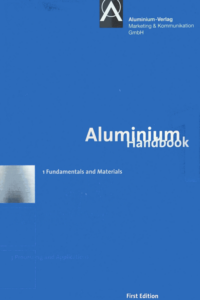
1. Aluminium Material Data Sheets – Aluminium-Werkstoff-Datenblätter
2. ASM Speciality Handbook: Aluminium and Aluminium Alloys
3. Aluminium-Schlüssel – Key to Aluminium Alloys
4. Aluminium Handbook – Aluminium Taschenbuch
5. NEN bundel 21 (helaas niet meer nieuw te verkrijgen, normen zijn nu alleen los verkrijgbaar)
6. Welke bron zou jij hier neerzetten? Wat raadpleeg jij?
Er is een alternatief voor het boek -Material Data Sheets- en gelijk ook voor de NEN Bundel. De Alu-Key database. Heel -to the point- vind je dezelfde data, uitgebreider en makkelijk toegankelijk. Snel bij de waarde/informatie die jij nodig hebt, je kan er alleen niet zo in bladeren als in een boek.
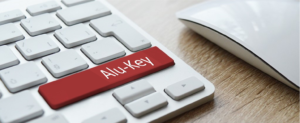 Ben je benieuwd en wil je de aluminium database wel eens zien? Ik heb goed nieuws.
Ben je benieuwd en wil je de aluminium database wel eens zien? Ik heb goed nieuws.
Geef hieronder in het commentaar veld antwoord op de vraag: Welke bron zou jij aan deze lijst toevoegen? Welke gebruik jij?
Vermeld jouw bron en ik geef jou een gratis testlogin op Alu-Key voor 1 maand.
Reageer snel want voor de feestdagen is dit aanbod weer voorbij.
Aluminium groet,
Ellen

door Ellen Vaders | apr 24, 2017 | alloy, corrosion, development
Aluminium is known for its corrosion resistance. Untreated aluminium applications like traffic signs and applications at sea are respected examples. Although aluminium is a relatively non noble material it protects itself via a passive oxide layer. Corrosion resistance of Aluminium is sensitive upon certain points in particular, these will be addressed in this blog.
To design aluminium without corrosion take the following aspects into account.
- pH value of the environment
- Nobility of Aluminium
- Crevice corrosion
- Composition of Aluminum
- Black corrosion
pH value of the environment
Corrosion resistance of Aluminium is influenced strongly by the pH value of the environment
For normal use, like cleaning, use fluids in combinations with Aluminium with a pH neutral value (7) to prevent corrosion.
To prepare Aluminium for surface treatment you can use this to principle to clean the surface with specific sour fluids. The surface needs to be neutralized and rinsed adequately afterwards to prevent corrosion issues!

Nobility of Aluminium
To avoid corrosion problems with Aluminium nobility of the material needs to be taken into account. Aluminium is a relatively non noble material and will therefore sacrifice itself on behave of more noble metals in moister environment. This leads to galvanic corrosion.
This is a serious aspect using Aluminium products, specialy in combination with other metal parts. To prevent this type of corrosion block out fluids, use the right combinations of metals in the same nobility level or isolate the metals from each other.
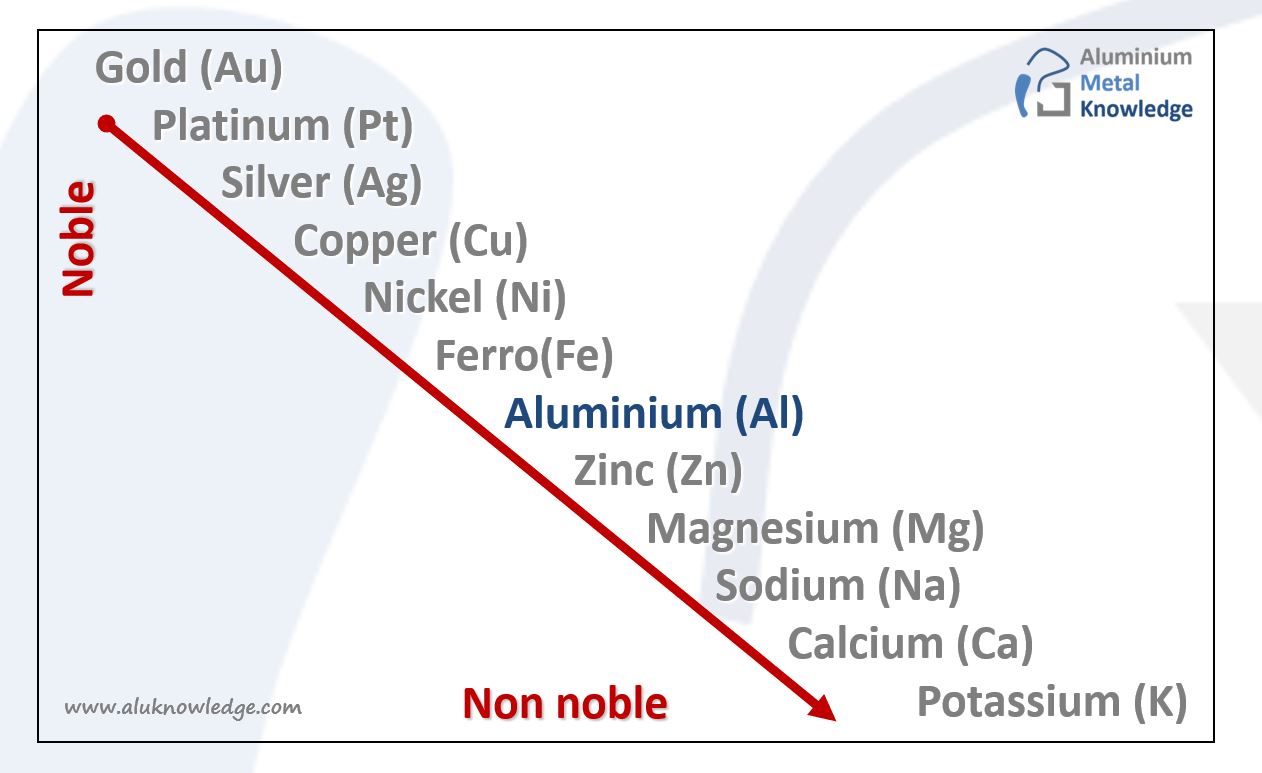
Crevice corrosion

In a moister environment fluid will creep between narrow crevice due to capillary motion. To prevent crevice corrosion you have to avoid small crevices. Crevice corrosion occurs between crevices with a distance in between 0.2 mm to 0.5 mm. The solution for this matter is to increase crevice distance and reduce amount of contact surfaces. For example: a line contact is better than a surface contact.
With acid or salt fluids the potential for crevice corrosion increases.
Composition of Aluminum
Last but not least, the composition of the aluminum alloy influences corrosion resistance of Aluminium. If corrosion resistance is low you can surface threat this material in different ways. Take into account it needs more effort than with better corrosion resistance material.
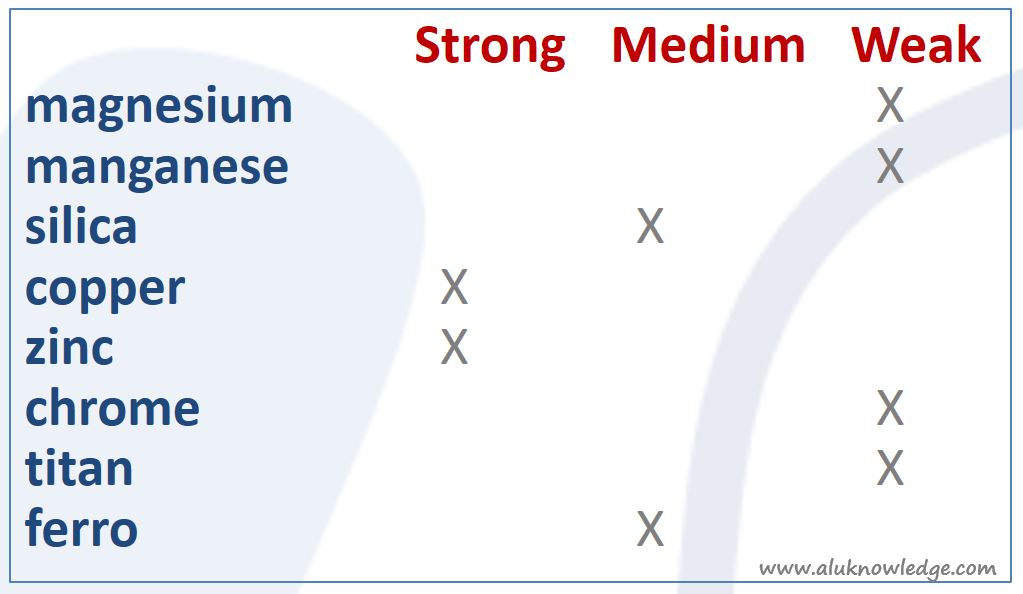
If you take these mechanisms into account your design is robust against most common corrosion issues. In that case you take advantage of the natural corrosion resistance of Aluminium.
What was your biggest insight about corrosion issues so fare?
Let me know in the comment box below. This way, you’re helping me and others to design a world with optimal Aluminium use… Thanks in advance!
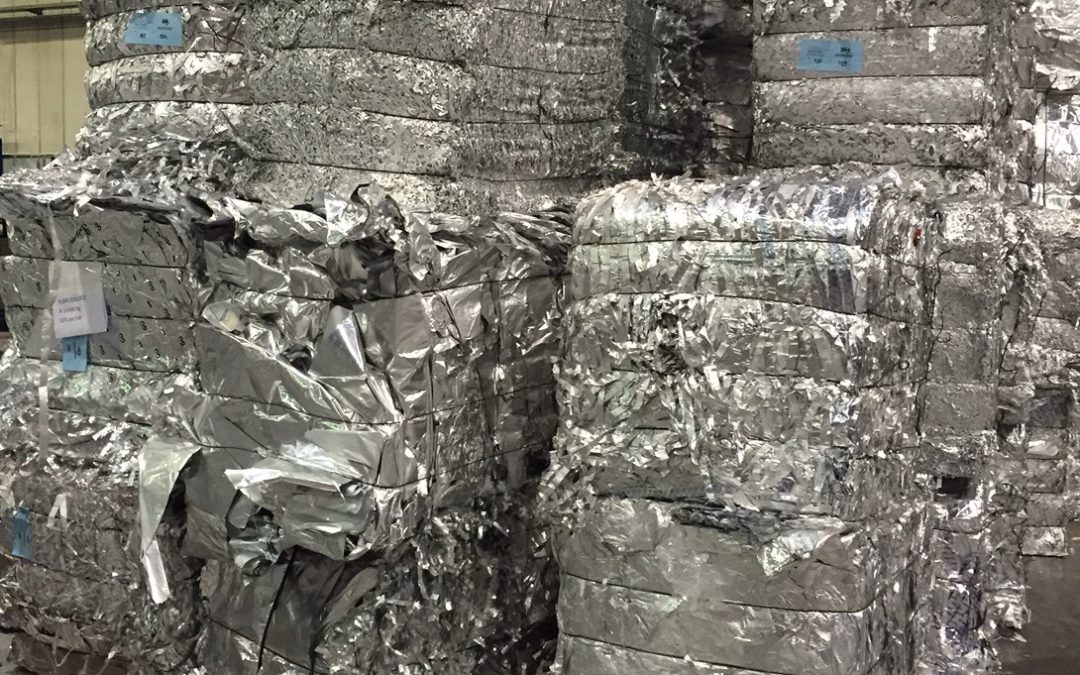
door Ellen Vaders | mrt 20, 2017 | alloy, aluminium, recycling
Technological advancement will increase. We need materials that are available in abundance and can be recycled with no, or as little as possible, impact to the environment. Aluminium recycling is endless.
Product disposal, waste?
When the lifetime of a product ends there are two options: put it somewhere as waste and get environmental pollution or reuse the materials. For each material the possibilities for recycling are different. The big advantage of Aluminium is that you can reuse it time and time again without loss of quality/capability.. Due to the low required energy for recycling and it’s “easy” process, Aluminium is wanted for recycling.
The value of 1 kg Aluminium is equal to 1 kilo recycled Aluminium. (as long as the alloy is the same of course, more about that later). This means Aluminium waste = money. So Aluminium waste equals money.
Still some people’s perception is, I need primary material, although this is not relevant for Aluminium. The recipe of the alloy is key for the characteristics, primary or secondary.
Each Aluminium product has on average already 52% recycled metal content in Europe. Since Aluminium is a relatively young material, industrial production was only possible after 1886 as opposed to e.g. the iron and it iron age around 1200 B.Chr.) we cannot supply the need at this moment with the current material available via recycling. (yet)
Alloy selection
The value of Aluminium scrap depends on the composition. Aluminium can be selected on form which determines composition.
Aluminium alloys can be selected separated at the manufacturer, uniform scrap has the higher perceived value by the recycler.
After its product life time you can easily make an alloy selection by separating on form. E.g. if a building is stripped place the profiles on the profile bin, plates together at the plates and knots in the casting corner. You have now a very good separation of the different alloys quite easily.
There are lots of ways to separate alloys some are very basic like above some are very sophisticated. Since Aluminium = money, it’s worth it.
The value of Aluminium scrap also depends on the purity. For standard commercial alloys, the more pure, e.g. 99,5 % Al, the cheaper the Aluminium; if you apply it for its application. This is because these low strength alloy’s needed minimum work to fabricate. On the other hand, for recycling, this type of Aluminium with a low level of impurities can be used in many different Aluminium recipes, so value of the scrap is relatively high.
Eddy current
For household waste several possibilities are used. About 70% of all the Aluminium throw away is captured and reused. A welcome advantage here is Aluminium = money. So instead of costing money to burn or landfill it delivers income. For separation different processes can be used. E.g. like eddy current.
Because Aluminium is a conducted light material, it is influenced by the rotating magnet with North-south poles. This generates an eddy current. Aluminium pieces crossing this area get accelerated and are separated.
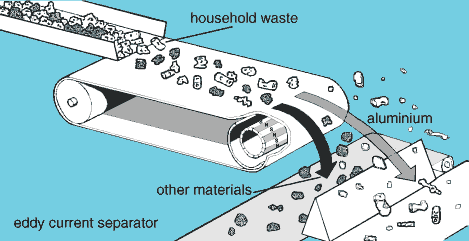
So if your product consists of different materials you can either design for disassembly, then separate on form or shred into parts.
For Aluminium the loop today is nearly closed. From all the Aluminium material ever produced 75% is still in use. For automotive and building the recycling percentage is above 95%. Since manufacturers know exactly which alloy they prefer, manufacturers offer more and more to take their product back in return at the end of its lifetime. Although the recycling system in Europe is quite efficient and for environmental reasons this is not necessary, economically it can be beneficial. The closed loop of Aluminium will become shorter and more efficient. Just by the fact Aluminium is worth it.
Whats your biggest question about aluminium recycling? Please put your answer in the commentbox below. It will be appreciated! Thanks in advance.

door Ellen Vaders | nov 28, 2016 | alloy, aluminium
Aluminium scandium alloys
With aluminium we can create all kind of forms. The material is ductile and form-able into all kinds of shapes. However an optimal design requires more effort to design. Start with your ideal form and then integrated functions.
What if we have something extra? Aluminium alloys which are 10 to 40% stronger? We will summarize the advantages on different areas when scandium is added in aluminium alloys .
First of all, strength of Aluminium alloys with scandium increases. This is shown if the graph above.
Next, recrystallization during coldwork (rolling) or extrusion is suppressed and prevented, which leads to better material quality.

Due to its fine grain refinement Scandium alloys reduces hot cracking in welds, increased strength in the welds and deliver better fatigue behavior. Welding filler/ thread with scandium has great potential for aluminium.

When will breakthrough appear?
Aluminium Scandium alloys are new and because of availability and price they aren’t popular jet. If they were used, it even happened that after product introduction the price of scandium was raised. On the other hand the amount of scandium used in aluminium was relatively high so price was effected drastically. Numbers of 10x material costs are mentioned.
This needs to be addressed before scandium will be commonly used in products.
Today, depending on the percentage of the scandium alloying element, the price of the aluminum with scandium will rice from 30% (at scandium levels of between 0.06 up to 0.12 wt% as used in Al-Zn-Mg (Cu) alloysand) up to e.g. 100%.
Price is under development. The process for mining and reduction is being optimized. Also a better quality scandium and lower quantities per alloy, generate a better proposition. For mining, new possibilities arise. This in total will be responsible for the acceptabele price levels. (make your comment if you want to know the source).

As mentioned in the past the scarcity leads to dramatic increase of price during application. And no one wants or can effort such surprises. Long term agreements are needed to solve this matter.
Main benefits scandium in aluminium alloys:
- Aluminium gets stronger
- Better weldability properties
- Grain structure during forming and extrusion stays intact
- Stronger at rising temperature, in combination with Zirconium.
Where do you want to use aluminium- scandium alloys in your products? Please write your comment below in the comment box and I sent you different sources for more information.
Would you like to stay informed about aluminium? schrijf je in, for English updates click here. Looking forward to your response!
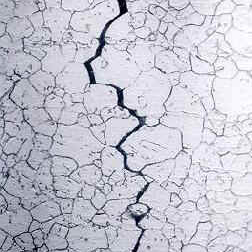
door Ellen Vaders | okt 26, 2015 | alloy, aluminium, corrosion, legeringskeuze
Ontwerpers en constructeurs die nog niet zo bekend zijn met aluminium zouden het liefst allemaal beginnen met de 7000 kwaliteiten.
Wat zijn de voor- en nadelen van deze sterke aluminium legeringen?
• Hoge sterkte
• Goed bestand tegen vermoeiing
• Sommigen lasbaar, anderen niet
• Kleur variatie bij anodiseren, beperkt decoratief anodiseerbaar
• Corrosie bestendigheid.
Aluminium is sterk en licht. Voor optimale producteigenschappen moet de vorm ook optimaal worden ingezet. Indien men deze nog niet bedacht heeft wordt er vaak eerst naar sterkte gekeken en naar de sterkste aluminium kwaliteiten gegrepen. De 7000 kwaliteiten, hoe sterk zijn die eigenlijk?
De sterkte van de meest gangbare 7000 kwaliteiten hebben we hieronder voor je op een rijtje gezet.
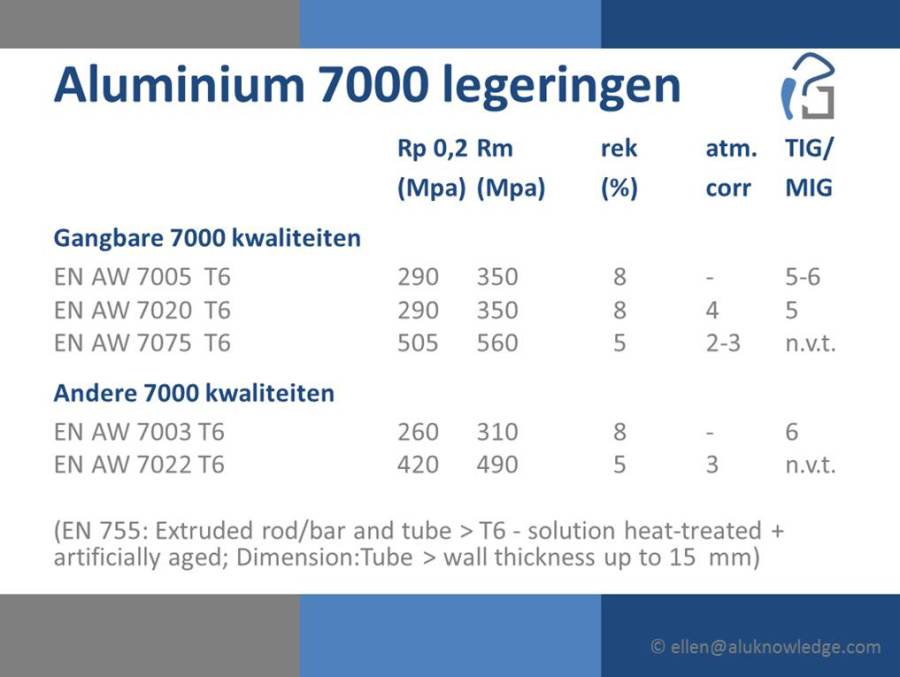
Het grote voordeel van de 7000 kwaliteiten is, dat ten opzichte van de andere aluminium soorten, ze goed bestand zijn tegen vermoeiing. Dit in combinatie met sterkte zorgt ervoor dat ze onder andere bij vliegtuigen veelvuldig worden ingezet.
Afhankelijk van samenstelling zijn de 7000 legeringen wel of niet lasbaar.
Wanneer het koperpercentage boven de 0,2/0,3 % uitkomt is het gedaan met de lasbaarheid.
Als vuistregel kun je hanteren dat de lagere nummers; de 7001 t/m de 7020 lasbaar zijn, daarboven niet (b.v. 7022 of 7075). Voor specifieke legering altijd checken voor je deze daadwerkelijk gaat toepassen!
Bij de 7000 is het hoofd legeringselement Zink. Dit legeringselement heeft de neiging bij de warmte inbreng door het lassen te segregeren naar de kristalgrenzen. De gevoeligheid voor corrosie (zowel interkristalijne corrosie als spanningscorrosie) neemt hierdoor toe.
Door een 7000 kwaliteit na het lassen opnieuw warmte te behandelen kan dit hersteld worden.
De 7000 legeringen zijn over het algemeen niet makkelijk te anodiseren.
Technisch anodiseren gaat goed maar decoratief anodiseren is lastiger, afhankelijk van samenstelling, en uniformiteit van de samenstelling, er kunnen vlekken en kleurvariaties ontstaan.
bron foto: link
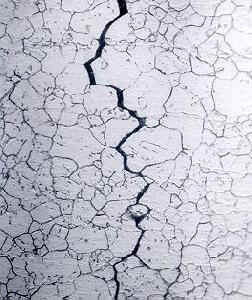 Corrosiebestendigheid is niet het sterkste punt van deze legering. Ook weer afhankelijk van de samenstelling zijn de verschillen groot, van voldoende/goed tot zeer matig/slecht.
Corrosiebestendigheid is niet het sterkste punt van deze legering. Ook weer afhankelijk van de samenstelling zijn de verschillen groot, van voldoende/goed tot zeer matig/slecht.
Tesamen met de gevoeligheid voor corrosie zoals hierboven besproken vergt het werken met een 7000 legering extra zorg en aandacht die andere aluminium kwaliteiten niet nodig hebben.
Kortom een legering uit de 7000 reeks is hoog sterk, maar gebruik deze met kennis van zaken. Een meer gangbare legering kan een betere keus zijn.
Tegen welke kwestie ben jij aangelopen bij toepassing van een 7000 legering, en was dit achteraf de juiste keuze?
Heb je aanvullingen en/of andere relevante opmerkingen, deel hieronder.
Wil je op de hoogte gehouden worden van de Blogs van Aluminium Metal Knowledge schrijf je in

 Ben je benieuwd en wil je de aluminium database wel eens zien? Ik heb goed nieuws.
Ben je benieuwd en wil je de aluminium database wel eens zien? Ik heb goed nieuws.














